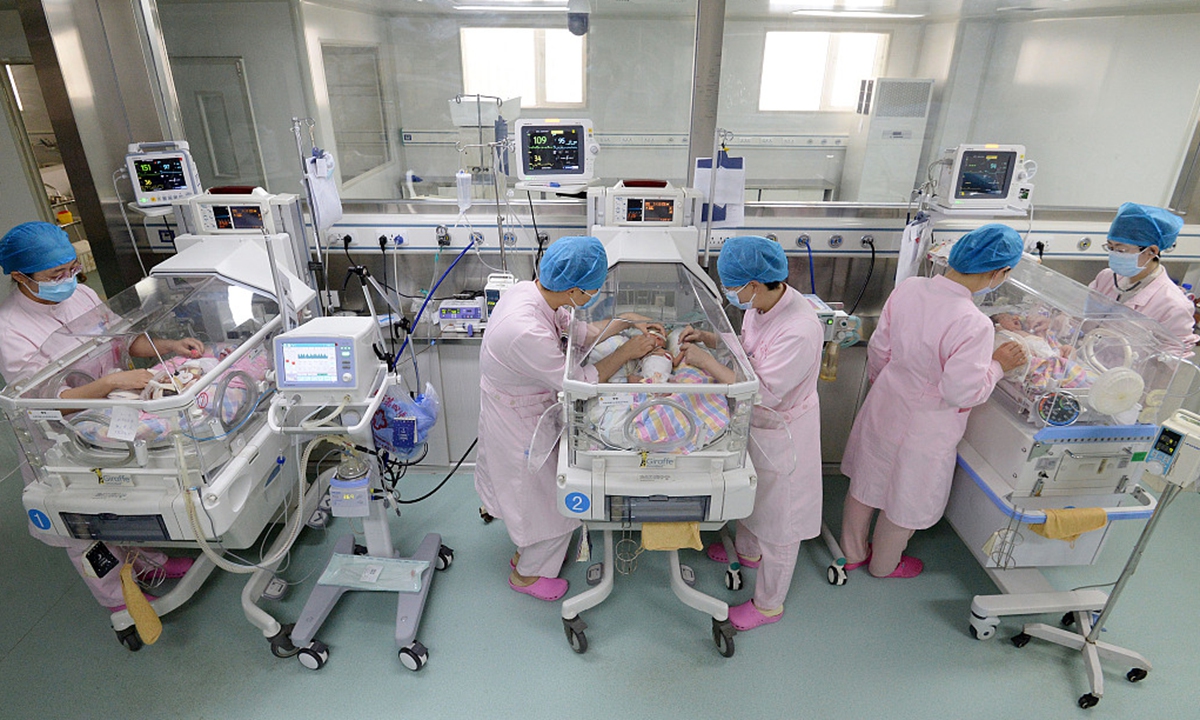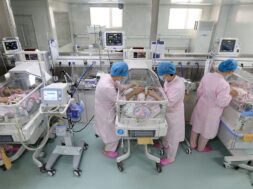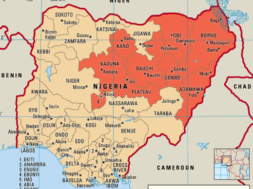
China’s population expected to see negative growth before 2025: Report
New Delhi: Birth data for 2021 released by 29 provinces and regions in China so far showed that the number of new births in 2021 was the lowest in decades in several provinces, and only 6 among the top 10 provinces with the highest birth numbers exceed 500,000.
According to the media report, the top 10 provinces with the most births are Guangdong, Henan, Shandong, Sichuan, Hebei, Anhui, Guangxi, Jiangsu, Hunan, and Guizhou. Only Guangdong Province has had more than 1 million new births.
According to the provincial data, the number of births in Central China’s Hunan Province fell below 500,000 for the first time in nearly 60 years. Central China’s Henan Province, the city with the third highest population in China, had fewer than 800,000 births for the first time since 1978. The number of births in East China’s Jiangxi Province fell below 400,000 for the first time since the 1950s.
The growth rate of China’s total population has slowed significantly and is expected to enter a negative growth during the 14th Five-Year Plan period (2021-25), Yang Wenzhuang, head of population and family affairs at the National Health Commission, said on the 2022 Annual Conference of China Population Association on Thursday.
Chinese demographers predicted that negative population growth will be the dominant trend in the coming years for a long time and improving the overall quality of the population and changing economic development plans are vital to address the problem.
“This is an inevitable result of a long period of the low fertility rate,” Huang Wenzheng, a demography expert and senior researcher at the Center for China and Globalization, told the media. “It can be predicted that China’s birth rate will continue to shrink for more than a century and the birth rate in first-tier cities will continue to fall. The third-child policy may alleviate some of the problems, but it is unlikely to reverse the trend in the short term.”
According to the National Health Commission, the average number of children women of childbearing age intends to have been 1.64 in 2021, down from 1.76 in 2017 and 1.73 in 2019. Of the 10.62 million people born in 2021, 41.4 percent are the second child and 14.5 percent are the third child or above, according to a statistical communiqué on China’s health development in 2021 released by the National Health Commission on July 12.
“Low fertility rates mean that there are fewer potential mothers and fathers. The number of people willing to have children is also shrinking fast at the same time. Add these two factors together and we now see the trend of rapid shrinkage in natural population growth rate,” Huang said.
(Vinayak)














